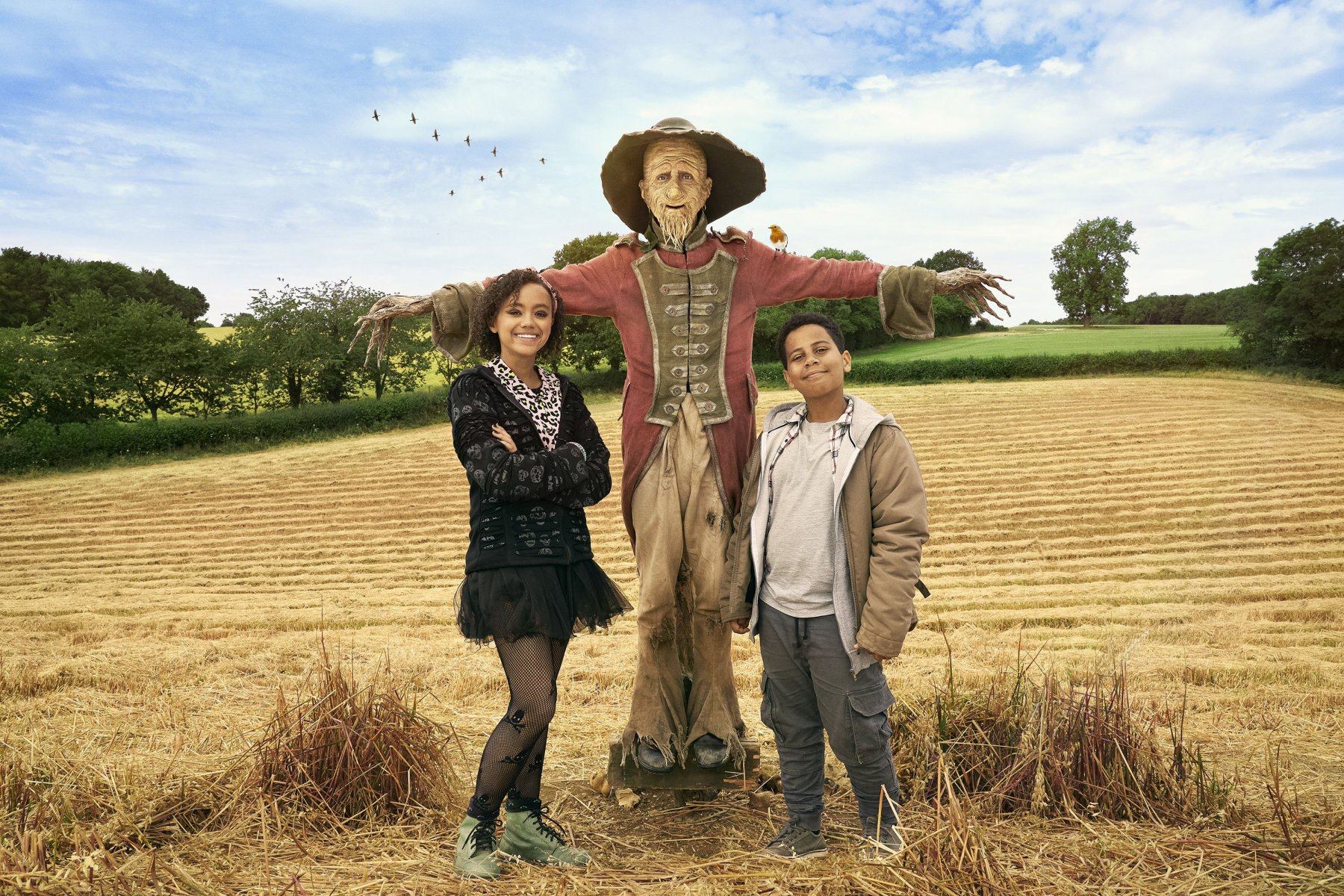When I studied film, the best course I ever attended was on American outsider art cinema. Not films with stories you might see in the cinema: weird art-installations made by people who owned a camera, like Stan Brakhage, Andy Warhol and Sadie Benning. I saw all sorts that term - like a birth in close up, porn, and autopsies (I think the lecturers were just trying to encourage us to do the reading ahead of the class...)
Kenneth Anger worked in the 60s, and more-or-less invented the modern music video. He combined homoerotic imagery with bubbly pop and automobile fetishism, as well as occasional first-year-art-student stuff like "what if Jesus was actually a biker and also a Nazi". When film academics/critics write about Kenneth Anger, they describe him as "using occult imagery" - which is maddening, because Kenneth Anger was *literally a magician*, and
Lucifer Rising is devotional cinema: a ritual, disguised as film.
Some things cannot be explained: they must be felt. That's true of most magic, isn't it? What do I like about
Lucifer Rising? I feel like the act of watching it is, in some way, an act of magic. I make time for it several times a year - often at times which feel solar. When the eclipse happened, I listened to
Lucifer Rising. I've used its imagery for meditations and artworks, and used it as a sermon of-sorts to reflect on in ritual.
Anger's imagery is bold and strange. It lodges in your memory: rich colours, striking symbols. Like magic, it communicates straight with the subconscious - there's a plot there of sorts, to me a very moving one, but the most important thing is the
experience of watching, how those colours and sounds affect you. The music is especially haunting and strange, a key part of the film's mood (Ensure you watch it with the original soundtrack, by Beausoleil - as there are several versions of the film online with new music. A cool creative act to be sure, but the original music is so much a part of it. I almost dropped £80 on a vinyl copy last month. The fact I even
considered that might be sensible is a testiment to this film's eerie soundscape)
This film
single-handedly got me into Thelema and ceremonial traditions, which I had previously regarded as rather silly. Still do. But by god, it works - you know? It works.
In Short...
Haunting occult imagery and incredible soundtrack combine in an intense cinematic ritual
You can watch Lucifer Rising on youtube: here (30 mins)
To own: All Anger's films are collected on a DVD called the Magic Lantern Cycle. This can be fairly challenging to track down cheaply, although if you support Amazon, they currently have a couple for a very reasonable $16.
Viewing notes:
If you've never tried art cinema before, switch off the lights and put the screen on full - and just watch. If you like, put yourself into a meditative and responsive state.
CN:
Lucifer Rising contains occasional non-sexual nudity, some blood, and a fair amount of imagery your easily-frightened conservative neighbour would describe as satanic/demonic.
Cautionary note: When I typed that Lucifer Rising is a ritual, and watching it a magical act - I meant it metaphorically. But now I've said it, I think this is very likely to be
correct. I think the intent of the film is almost certainly as an enchanted artifact, which is cast as it is unspooled. Magical audiences, concerned about participating in rituals blindly, may wish to take shielding steps or similar, or avoid the work.
That makes it sound more serious than it actually is - my top recommendation is to light candles, cast a circle and immerse yourself in it. I don't think you can appreciate
any work of art if you are actively trying to shield yourself from it. And I think that would be a tragic way to approach something which - as I've said - is one of the most beautiful and moving things I've ever seen.
But consent is a thing and all, so if you're not sure, here's a
spoilery precis of the film's content, so you can judge how you feel about possibly "participating" in it. I'd urge you very strongly not to read it.
( Lucifer Rising spoilers )
Further Viewing:Kenneth Anger's films are all on youtube - ensure you choose ones with the original soundtrack. His most famous is
Scorpio Rising (CN: Nazi imagery), and it's funny because the homoerotic shots of bikers feature real bikers who didn't realise Anger's queer intent in shooting them.
I like
Kustom Kar Kommandos, which pulls a similar trick with boys who love to polish their cars.
Fireworks is also a fave, about homoerotic fantasies. His other occult film,
Invocation of my Demon Brother, can be seen
here (11 mins). People also describe
Inauguration of the Pleasure Dome as an occult work - I'm looking forward to revisiting it in this light.
Newly interested in art cinema? The most iconic ones to start with are:
- Meshes of the Afternoon - Maya Deren
- Un Chien Andalou - Luis Buinel (CN: some surprise intense violence & rotting animals)
- Window Water Baby Moving - Stan Brakhage (CN: childbirth)
These can all be found on youtube
. Meshes of the Afternoon is a total must-see if you haven't experienced it before.







